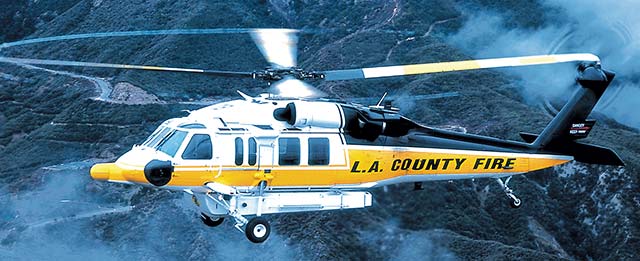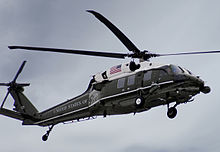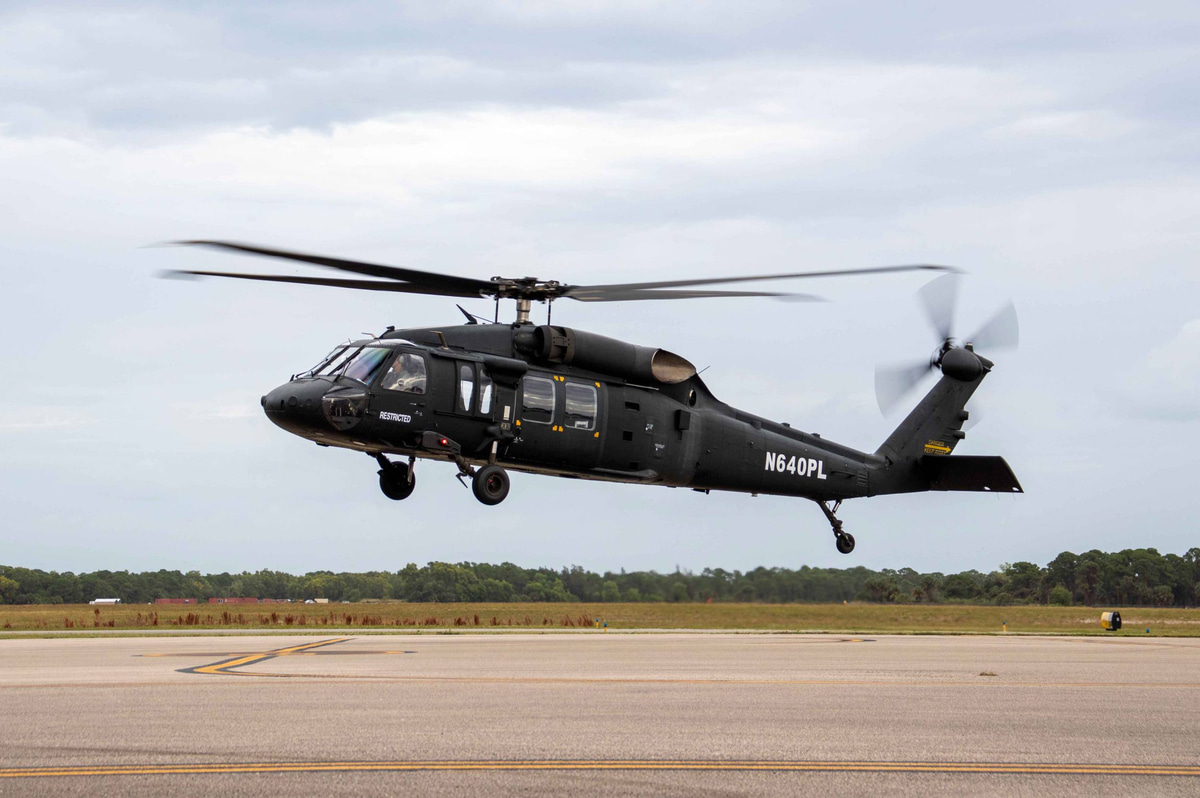High-Performance Multi-Role Rotorcraft Featuring Advanced Cabin Technologies and Integrated Sensing Unit Systems
The realm of rotorcraft technology has seen noteworthy developments in recent times, especially in the realm of high-performance multi-role rotorcraft outfitted with sophisticated cabin modern technologies and flawlessly incorporated sensing unit systems. In the complying with discussion, we will certainly check out the advancement of rotorcraft modern technology, dig into the world of sophisticated cockpit technologies, and examine the effects of integrated sensing unit systems on the functional convenience and performance of modern-day rotorcraft.
Development of Rotorcraft Innovation
The development of rotorcraft technology has been marked by considerable advancements in aerodynamics, materials, and propulsion systems, forming the abilities and performance of contemporary rotorcraft. In addition, developments in propulsion systems, including a lot more powerful engines and cutting-edge propulsion technologies, have made it possible for rotorcraft to accomplish higher altitudes, faster speeds, and greater payloads.
These developments have not only changed the capabilities of rotorcraft but have actually additionally expanded their applications across numerous industries, consisting of army, industrial, and emergency solutions. The constant development of rotorcraft technology continues to drive development in the area, pressing the boundaries of what is feasible and forming the future of upright flight.
Advanced Cockpit Innovations
Structure upon the fundamental developments in aerodynamics, products, and propulsion systems, the world of rotorcraft modern technology currently moves emphasis towards pioneering Advanced Cabin Innovations. The assimilation of cutting-edge modern technologies within the cockpit setting plays a crucial duty in enhancing the operational capabilities, safety and security, and effectiveness of contemporary rotorcraft. sikorsky s 70. Advanced Cockpit Innovations incorporate a vast array of attributes created to provide pilots with enhanced situational understanding, streamlined data administration, and user-friendly control interfaces
Among the crucial improvements in cockpit layout is the application of glass cockpits, which replace typical analog assesses with high-resolution displays. These digital systems supply personalized layouts, real-time data combination, and improved readability, making it possible for pilots to access essential info at a glance. Advanced avionics systems, such as fly-by-wire controls and enhanced reality displays, are transforming exactly how pilots connect with the aircraft, allowing for accurate control and boosted decision-making abilities.


Including innovative cockpit innovations not just improves pilot efficiency yet likewise adds to general mission performance and security in intricate operational settings. By leveraging advanced innovations within the cabin, rotorcraft suppliers are establishing new criteria for functional excellence and objective success.
Integrated Sensing Unit Equipments
With the evolution of rotorcraft technology, the assimilation of advanced Integrated Sensor Equipment has actually come to be vital in enhancing operational effectiveness and safety and security. These Integrated Sensing unit Solutions incorporate a large selection of innovations that supply critical data for different features such as navigation, surveillance, targeting, and environmental tracking. By seamlessly integrating sensing units like radars, video cameras, lidar, and infrared systems right into rotorcraft, operators can gain from enhanced situational recognition, boosted objective capabilities, and decreased pilot workload.
One key benefit of Integrated Sensor Equipments is their capacity to collect real-time information and give workable insights to pilots and objective drivers. For instance, advanced radar systems can identify and track targets over long ranges, permitting for very early danger detection and reliable response planning. Furthermore, incorporating infrared and electro-optical cameras enables rotorcraft to perform reconnaissance and monitoring missions with accuracy and accuracy.
In significance, dig this the assimilation of sophisticated sensor innovations right into rotorcraft not just enhances functional efficiency however also contributes substantially to general mission success and team safety. As rotorcraft remain to advance, the function of Integrated Sensing unit Solution will undoubtedly continue to be at the center of development in the aerospace market.
Operational Versatility and Effectiveness
Enhancing operational adaptability and performance in rotorcraft is a natural progression from the integration of sophisticated Integrated Sensor Solutions. By leveraging the understandings and information offered by these advanced sensor systems, rotorcraft can optimize their performance across numerous goals and environments.
Operational versatility includes the capability of rotorcraft to adapt to different duties and situations efficiently. With advanced cabin modern technologies and integrated sensing unit systems, rotorcraft can perfectly change between jobs such as search and rescue, clinical discharge, security, and extra. This flexibility improves the rotorcraft's ability to satisfy varied operational needs without requiring considerable reconfiguration.
Efficiency in rotorcraft operations is important for maximizing objective effectiveness and resource application. Integrated sensor systems play an essential role in improving operational performance by supplying real-time data on weather, surface mapping, target monitoring, and extra. This information allows pilots to make informed choices promptly, enhance flight courses, save fuel, and enhance total mission performance.
Effect On Modern Aeronautics Operations

Moreover, the assimilation of sophisticated sensing units helps with boosted mission preparation and implementation, enabling rotorcraft to do a large range of jobs with enhanced precision. From search and rescue procedures to aerial firefighting and law enforcement objectives, the capacities of modern rotorcraft outfitted with sophisticated cabin technologies and integrated sensor systems are unrivaled.
Additionally, the influence of these developments prolongs past operational effectiveness to cost-effectiveness and sustainability. By optimizing flight paths, fuel intake, and maintenance schedules, high-performance rotorcraft outfitted with sophisticated cockpit modern technologies and sensing units add to lowering functional costs and environmental influence, making them important possessions in contemporary air travel procedures.
Verdict
In verdict, the high-performance multi-role rotorcraft with innovative cockpit modern technologies and incorporated sensing unit systems stands for a significant development in air travel innovation. These developments boost operational versatility and efficiency, inevitably affecting contemporary air travel operations in a favorable method. The assimilation of these advanced technologies enables boosted capacities and performance in various goal scenarios, showcasing the continued advancement of rotorcraft modern technology in the aviation sector.
The realm of rotorcraft technology has actually seen notable innovations in recent times, particularly in the world of high-performance multi-role rotorcraft look at these guys equipped with advanced cabin innovations and flawlessly incorporated sensor systems. From boosted mission versatility to boosted operational performance, the merging of innovative cabin technologies and incorporated sensing unit systems has actually ushered in a new period of possibilities for rotorcraft applications. In the following conversation, we will discover the evolution of rotorcraft innovation, delve into the world of advanced cockpit innovations, and examine the effects of integrated sensing unit systems on the functional flexibility and effectiveness of modern rotorcraft.
